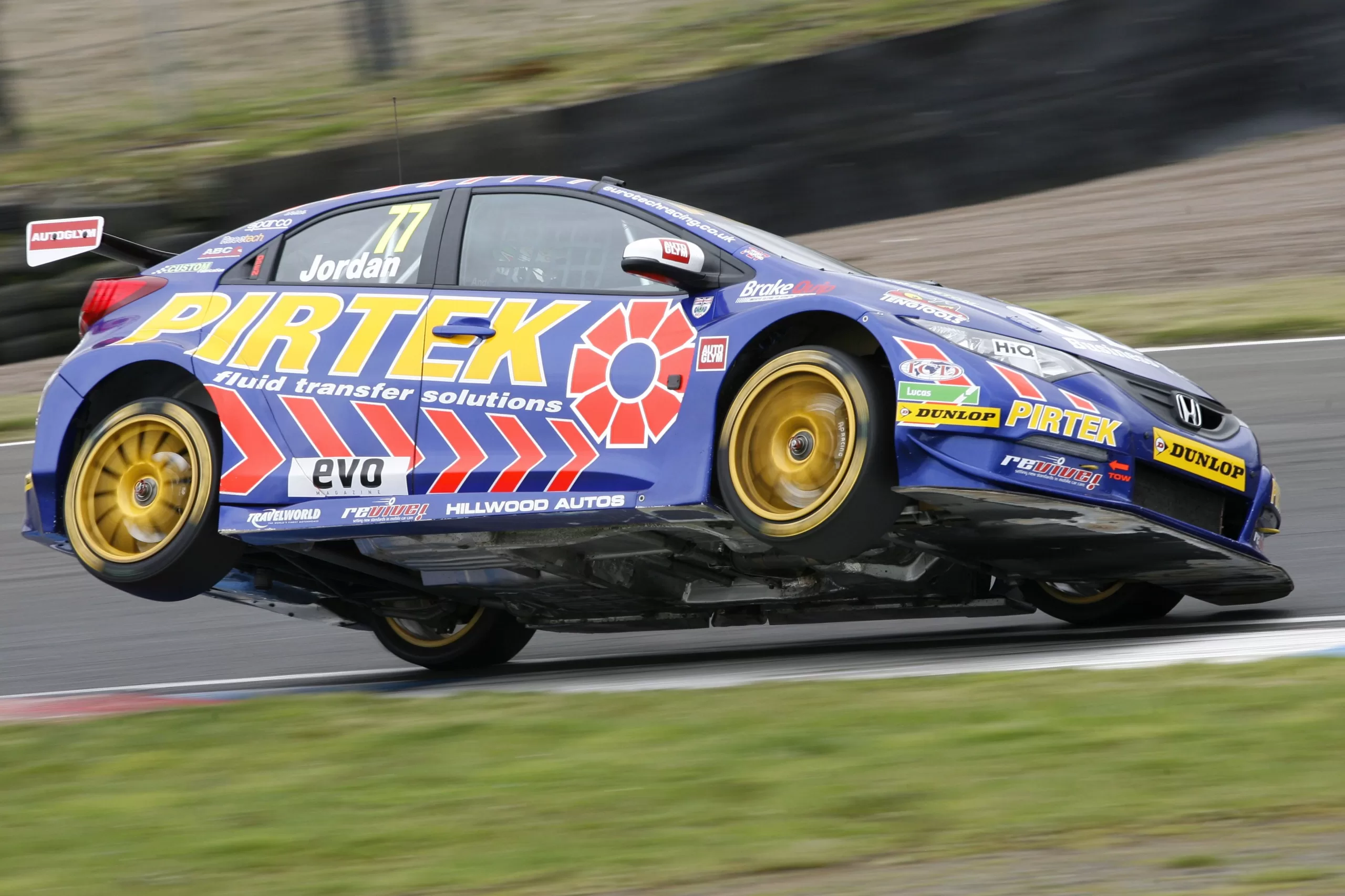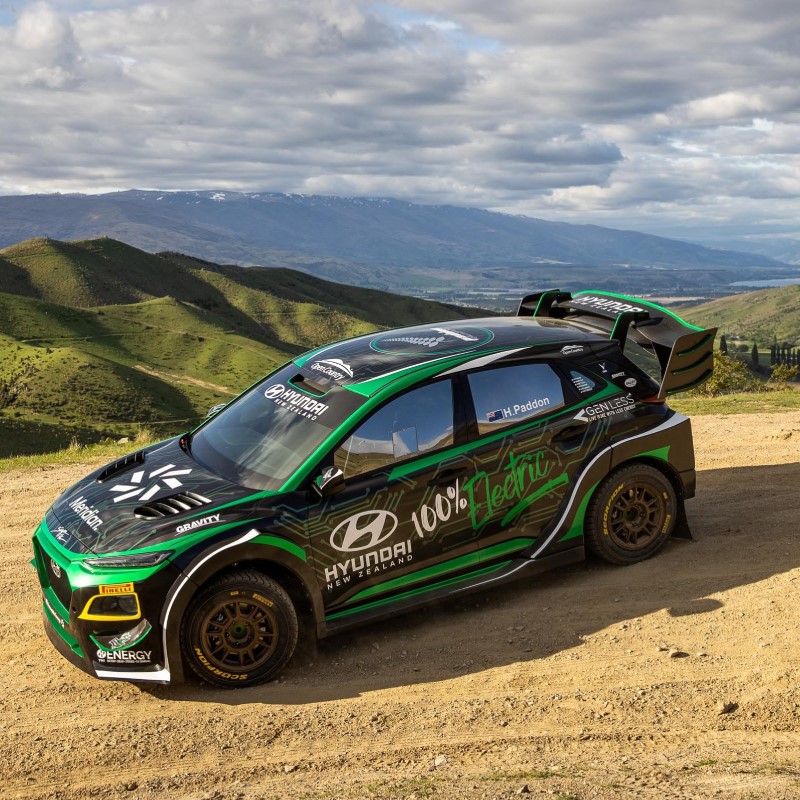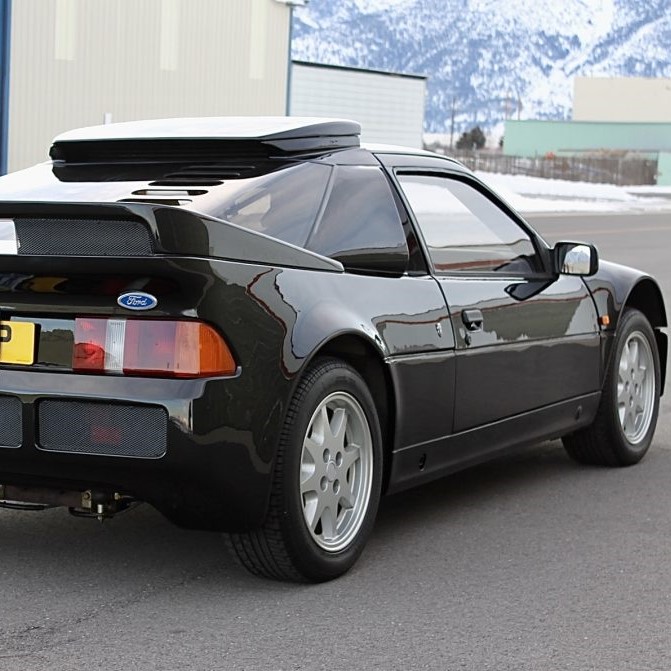How does rally racing work For those unfamiliar with rallying, the sport can seem confusing and impenetrable at first. But beneath the surface, rally racing adheres to a straightforward format that rewards car control, adaptability, and precision driving.
Let’s lift the veil on how rally competitions operate from start to finish and what makes this such a distinct motorsport. Gaining insight into elements like rally stage design, co-driving, service routines, and specialized cars reveals why rally captures imaginations worldwide.
The Rally Racing Format
A rally competition covers hundreds of kilometers of closed public roads and trails over multiple days. Racing occurs on self-contained special stages competitively raced against the clock. These closed stages are linked by transit stages on public roads where regular traffic laws apply.

The rally winner is determined by the lowest cumulative time over all the special stages, not simply the fastest on any one test. Consistency and minimizing mistakes are rewarded over individual stage successes. Special stages are run again as multiple passes so competitors can improve techniques.
How Does Rally Racing Work Types of Special Stages
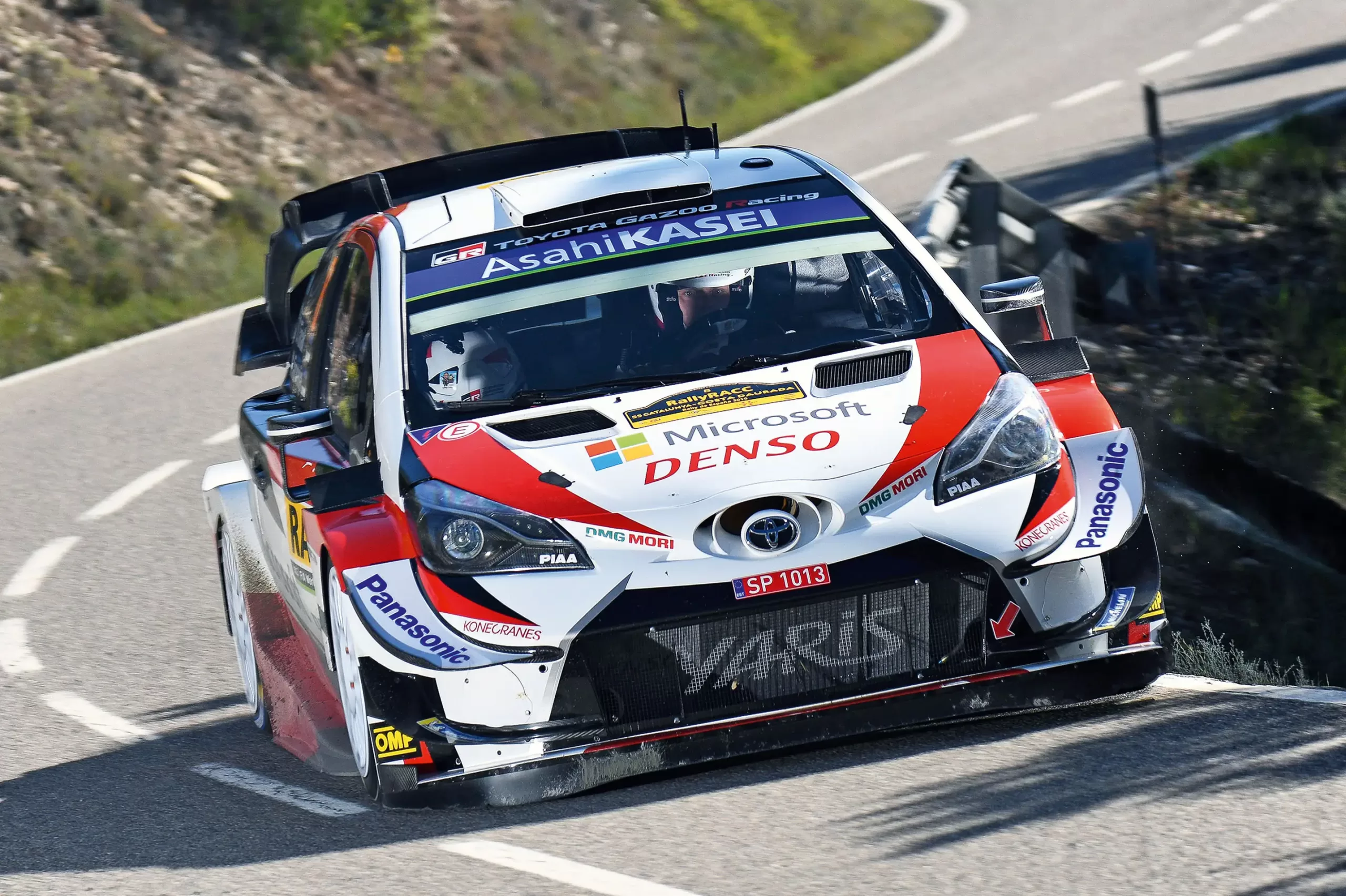
Rallies feature special stages covering a variety of surfaces:
Gravel – Loose dirt and stones offering moderate traction.
Tarmac – Sealed asphalt and concrete roads with higher grip.
Snow/Ice – Studded snow tires provide traction on frozen roads.
Dirt – Rain and moisture create muddy, sandy roads with minimal grip.
Mastering precision driving on ever-changing surfaces makes rally exceptionally demanding. An asphalt setup performs poorly in mud, and vice versa. Adaptability is mandatory for podium success.
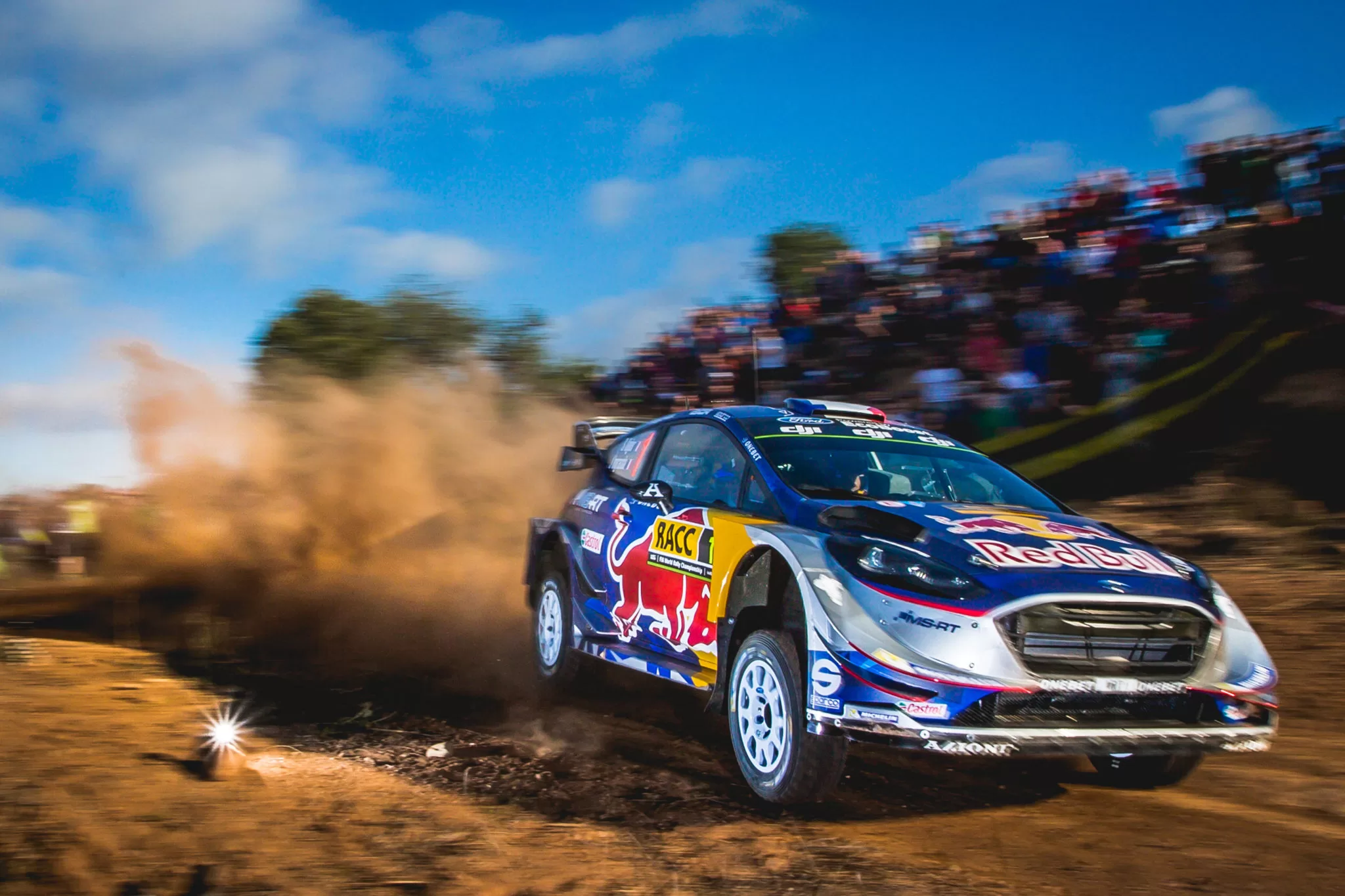
The Vital Role of the Co-Driver
Rally drivers cannot navigate the twisting roads alone. A co-driver rides along calling out pace notes on the terrain ahead. For example, a call of “Right 5 over crest” alerts the driver that after a hill, a medium-speed right turn approaches. This allows drivers to concentrate fully on vehicle control rather than route finding.
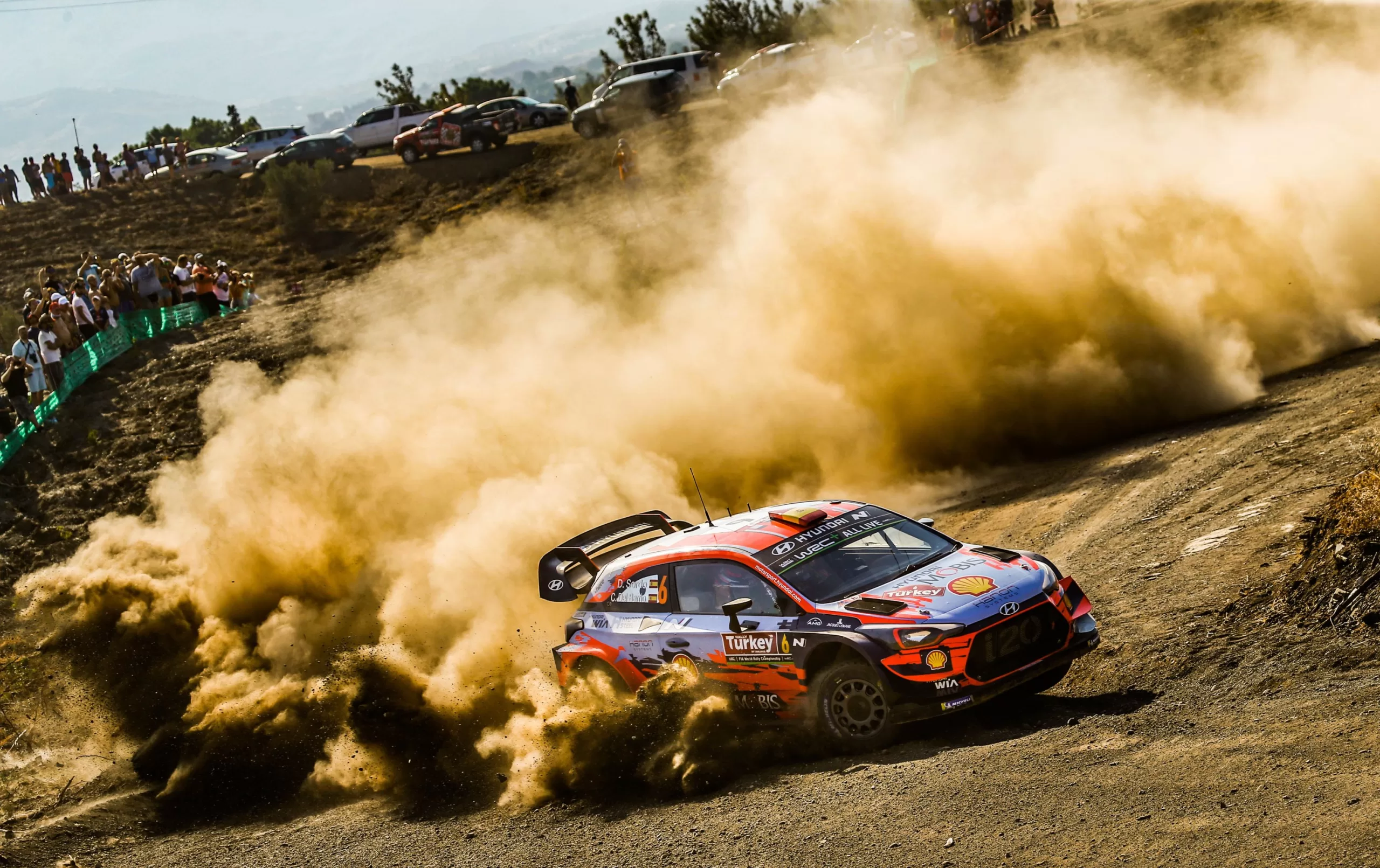
The symbiotic teamwork between driver and co-driver is essential for top performance. Trust and communication allow committing to high speeds along unknown roads. The right co-driver balances guidance with letting drivers find their own limits.
Service Routines Between Stages
Rally cars require careful maintenance and preparation between competitive stages. Service parks offer brief windows for teams of mechanics to assess wear, perform repairs, tune setups, and ready cars for the next series of stages. Strategic adjustments optimize cars as conditions evolve.
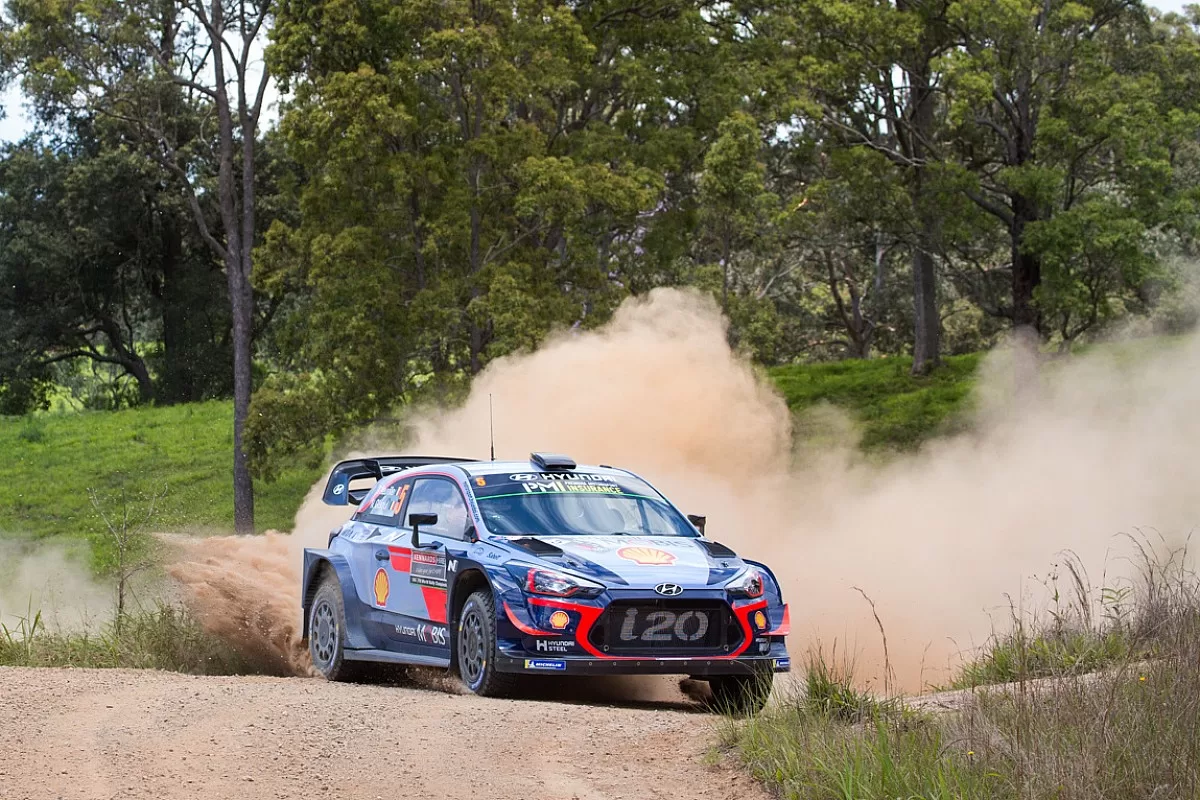
Smart team leaders closely manage the short service windows attempting to balance aggressive tuning with minimizing downtime. Rally legends describe transforming a battered car into a stage winner in barely an hour as a key to overall victory. Efficient yet thorough wrenching saves precious seconds.
The Specialized Rally Race Car
While based on production models, rally cars feature significant modifications tailored for performance and durability:
Powerful Engines – Turbocharging or high compression increases output to over 300 hp for WRC-spec machinery.
Drivetrain – Sequential gearboxes and advanced differentials adapt the power delivery to surfaces.
Suspension – Longer travel allows for absorbing big impacts from jumps and ruts.
Brakes – Large high-friction rotors and multi-piston calipers produce strong, fade-free stopping power.
Strengthened Body – Roll cages, skid plates, and chassis reinforcements account for crashes.
Minimum Weight – Thin body panels, Lexan windows, and stripped interiors reduce mass as much as regulations allow.
Rally car construction is an exercise in engineering optimization rather than aesthetics – form follows performance function.
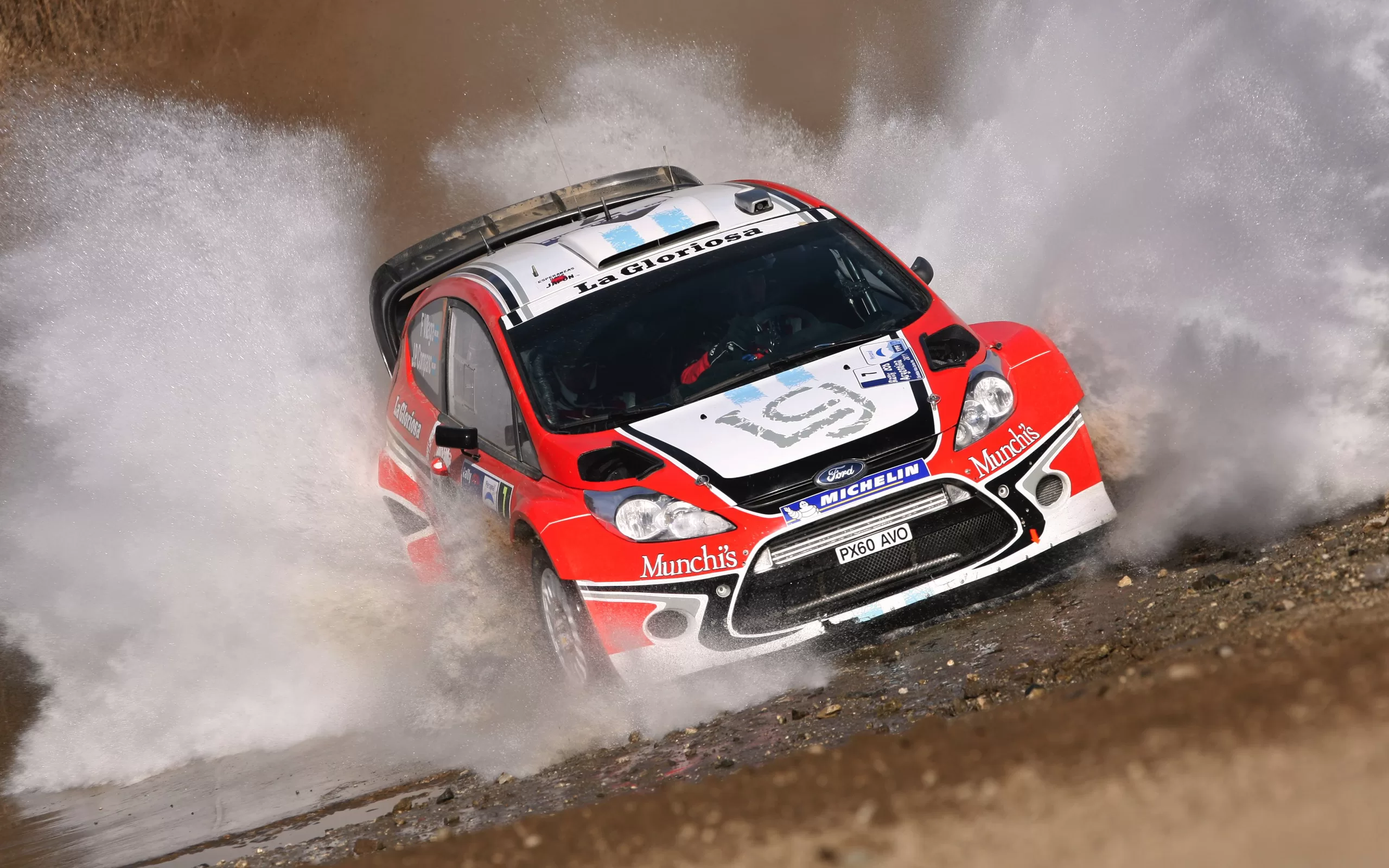
How Does Rally Racing Work In The Skills Rally Demands
Beyond outright speed, rallying requires a specialized combination of car control, improvisation, and strategic driving. Adaptability and consistency matter greatly:
Car Control – Managing weight transfer, traction, slides, and attitude at the limit of grip.
Improvisation – Reacting and compensating for changing road surfaces and weather conditions.
Pace Notes – Absorbing and trusting pace notes from the co-driver to commit to high speeds blindly.
Consistency – Minimizing small mistakes and deviations is crucial over long stages. Smoothness matters.
With so many variables at play, rallying becomes a thinking driver’s game – keeping focus under enormous pressure is mandatory. Natural feel melds with trust in precise pace notes to find flow through remote terrain at outrageous speeds. It’s both art and science.

Understanding the Format and Demands
Rally racing operates, unlike any other motorsport through its unique competitive stages format linking remote roads and trails. Combining elements of endurance racing, time trials, road racing, and off-road produces a one-of-a-kind spectacle both accessible for amateurs and loaded with nuance for experts. It’s both simple and endlessly complex.
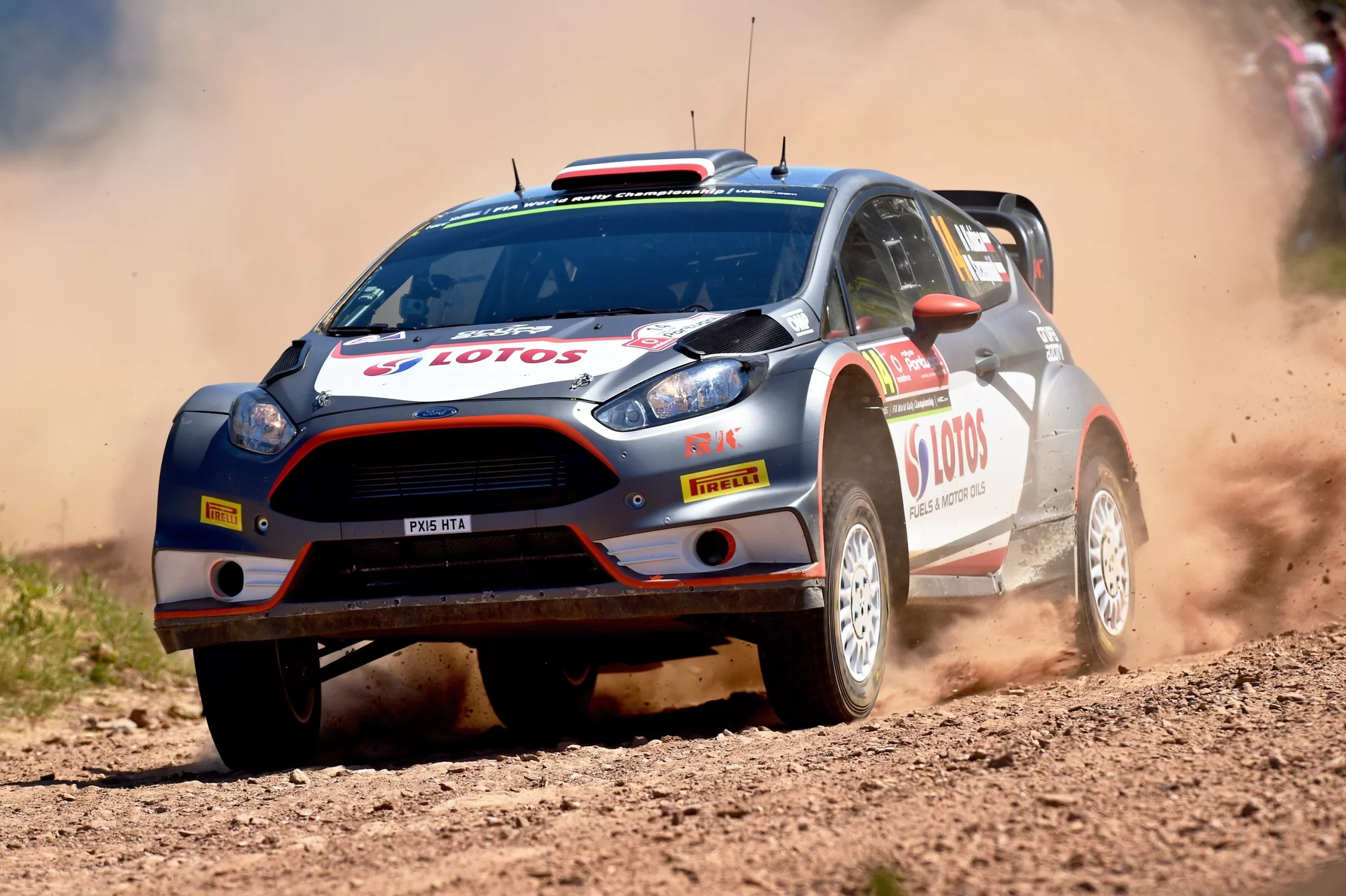
Now that the basic workings are demystified, observing top drivers and teams mastering the world’s toughest events reveals the incredible skills rallying demands. Precision teamwork, car setup, and driving capability all contribute to victory. That rewarding recipe captivates rallying fans worldwide.

